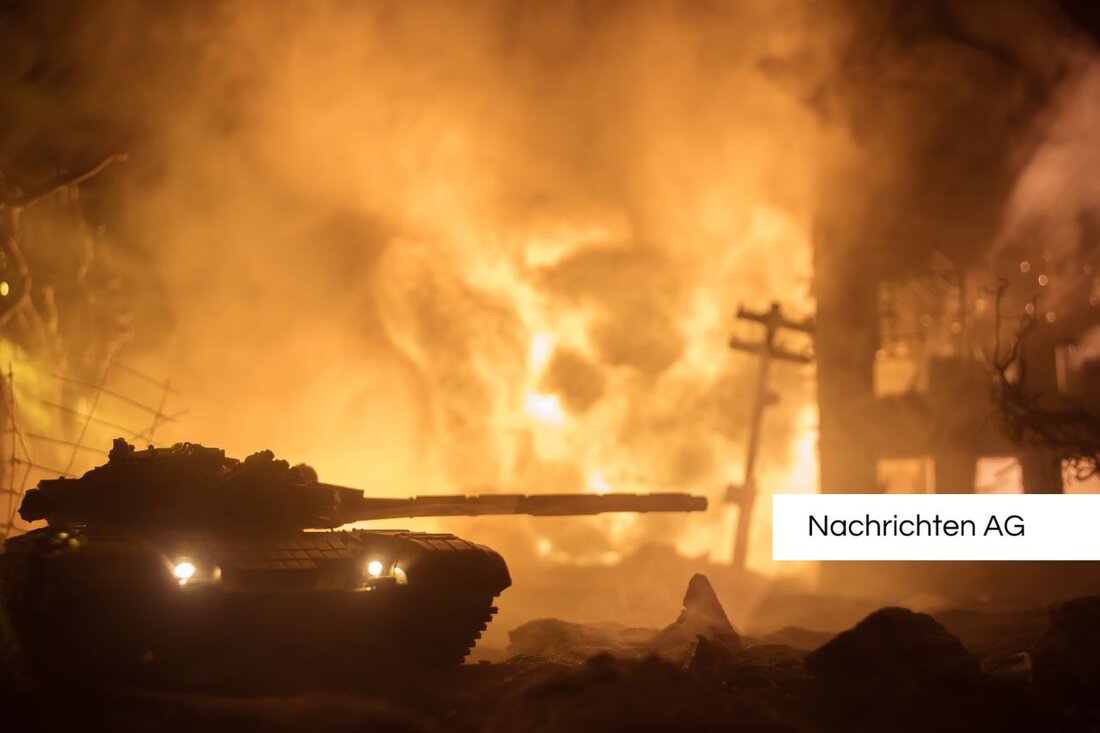Living in the twelve house: Radeberg is rediscovering the GDR architecture!
Living in the twelve house: Radeberg is rediscovering the GDR architecture!
Radeberg, Deutschland - The story comes alive in Radeberg: here are three unique twelve houses that not only impress with their extraordinary architecture, but also tell their very own story. This living concept, designed by the architect Manfred Zumpe, should cover the need for modern living rooms at that time during the GDR era. The first twelve-deck house was built in Ottendorf-Okrilla in the 1970s and was part of a housing program that addressed the housing shortage after the Second World War. [Saxon] reports that the construction should offer a new alternative to traditional prefabricated buildings and thus produced a flexible concept with effective floor plans.
It is particularly interesting that the twelve houses are constructed with a symmetrical base area and twelve outer corners. These special features are created by the use of industrial monolith construction and the production of convertible elements in the large panel shell process. The houses are five -story, offer space for a total of 55 apartments with sizes from 35 to 100 square meters. This architecture has its roots in a urge to develop that arose during the 1970s without a state mandate - an exciting facet that illuminates the creative potential of that time. [Wikipedia] describes that despite the innovative strength, the GDR state housing program at some point restricted the further development of the concept.
Modern living conditions in the twelve house
An example of how well these special apartments are accepted, shows Karl-Heinz Pinkert, who has lived with his wife in the Radeberger Zwelfeckhaus on the wing path for two and a half years. After a health incident and for cost reasons, they moved from a single-family house in Liegau-Augustusbad to a four-room apartment with a warm rent of 650 euros-a real stroke of luck! While the previous apartment was significantly more expensive at 1300 euros, the twelve houses are in great demand for tenants and rarely remain empty. [Saxon] emphasizes that the apartments are highly valued because of their architecture and the visible balconies that provide privacy.
In total, there are 15 one-room, 20 two-room, 16 three-room and four four-room apartments in the Radeberger. The central staircase, equipped with an elevator, ensures lower operating costs, and the tenants appreciate the common rooms such as dry rooms and storage chambers on every floor. The popularity of this form of living is also evident from the fact that most tenants are older people, while children rarely live there. A trend that has reinforced over time.
A look back into the GDR era
The twelve houses were modern in GDR times and offered baths and a new feeling of living to the residents-without stoves in the rooms. According to [Zeitklicks], the housing shortage in the GDR was great after the war, which led to the emergence of such innovative residential projects. The apartments were very popular, even if there were often no regulated housing market and rental contracts were assigned to the state. The advantages of the new buildings contributed to improving the quality of life for many.
The renovation and maintenance of the twelve houses is still an ongoing process. The stairwell was extensively renewed by Karl-Heinz and his wife Pinkert after their move-in. The quality of living remains high and the buildings remain an important example of successful housing in the region. So the twelve house is not only an architectural highlight, but also a space of life that offers many families and older people a home.
The stories and memories associated with these concise buildings add a very special note in the Rödertal. It is exciting how the historical circumstances and modern challenges are still interwoven.
| Details | |
|---|---|
| Ort | Radeberg, Deutschland |
| Quellen | |


Kommentare (0)